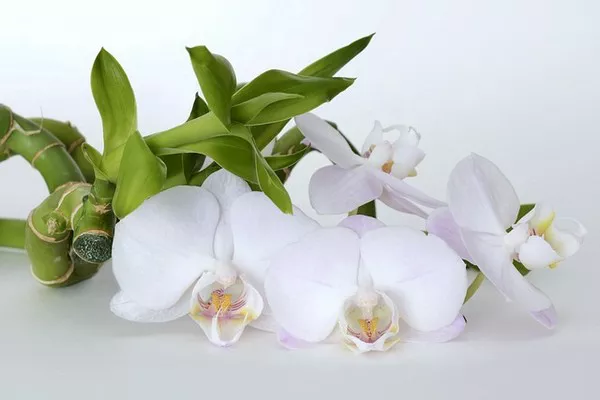A recent paper published in the Annals of Botany sheds light on the discovery of unaltered agave plant species that were cultivated by early cultures, including the Hohokam people, a prominent Native American group that thrived in the Southwestern United States between 300 and 1500 CE.
Agave plants have held significant economic and social importance in the Americas for over 9,000 years. Long before the cultivation of corn, agave plants served as a primary source of carbohydrates for indigenous peoples. Archaeological research indicates that the Hohokam people, in particular, enhanced their agricultural capabilities by constructing terraces for agave dry farming.
Distinct agricultural features, such as terraces and rock piles, characterized the farming practices of the Hohokam culture as their populations grew denser and more tightly knit. While native American crops like corn, peanuts, potatoes, and tomatoes are now ubiquitous worldwide, they have undergone substantial modification by European colonists and their descendants.
Since the 1980s, concurrent with archaeological expeditions, researchers at the Desert Botanical Garden have been documenting and studying agave plants throughout Arizona, the American Southwest, and northern Mexico. Their efforts led to the rediscovery and classification of five of the six known agave species representing remnants of plants domesticated and farmed by pre-contact civilizations in present-day Arizona: Agave murpheyi, Agave delamateri, Agave phillipsiana, Agave sanpedroensis, Agave verdensis, and Agave yavapaiensis.
Despite once being cultivated on a large scale, certain variants of these agaves have endured through the centuries within ancient, man-made fields that persist in today’s modern landscape, from southern Arizona to the Grand Canyon.
These pre-contact domesticated agaves exhibit distinctive morphological characteristics that set them apart from wild agaves in the U.S. Southwest and northern Mexico, as well as Mesoamerican wild and domesticated species. These surviving clones offer a unique opportunity to examine plant species that have remained largely unchanged since their prehistoric cultivation.
The researchers argue that safeguarding these recently uncovered agave species is especially pertinent today due to the growing interest and research in the wild relatives of contemporary crops. This holds particularly true for plants adapted to hot, arid environments, which have become more appealing for agricultural development in the face of climate change.
Lead author of the paper, Wendy Hodgson, stated, “We hope that our work, enriched by the insights of archaeologists and Indigenous Peoples, will contribute to our understanding of present-day landscapes as legacies of past human activities, rather than pristine environments.”
Hodgson added, “Pre-contact societies were adept agriculturalists, selecting, domesticating, and cultivating crops in the arid Southwest. We now have a rare opportunity to investigate the types of agaves ancient farmers grew, which is especially relevant today as we explore the benefits of cultivating drought-resistant crops through sustainable agroecological methods.”
The paper titled “Pre-contact Agave Domesticates—Living Legacy Plants in Arizona’s Landscape” has been published in the Annals of Botany.


